[caption id="attachment_1003724193" align="aligncenter" width="533"]
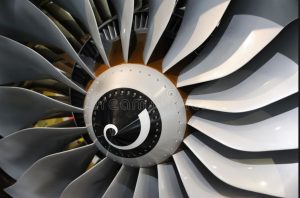
The airline industry relies on non-destructive testing to assess the quality of jet engine blades.[/caption]
WATERLOO, Ont. – Researchers at the
University of Waterloo have found a better way to identify atomic structures, an essential step in improving materials selection in the aviation, construction and automotive industries.
The findings of the study could result in greater confidence when determining the integrity of metals.
Devinder Kumar, a PhD candidate in systems design engineering at Waterloo, collaborated with the Fritz Haber Institute (FHI) in Berlin, to develop a powerful AI model that can accurately detect different atomic structures in metallic materials. The system can find imperfections in the metal that were previously undetectable.
“Anywhere you have metals you want to know the consistency, and that can’t be done in current practical scenarios because current methods fail to identify the symmetry in imperfect conditions,” said Kumar. “So, this new method of evaluating metallic material will lead to better material design overall and has the potential to affect all the industries where you need material designing properties.”
FHI came up with a new scenario that can artificially create data which relates to the real world. Kumar along with his collaborators was able to use this to generate about 80,000 images of the different kind of defects and displacements to produce a very effective AI model to identify various types of crystal structures in practical scenarios. This data has been released to the public so people can actually learn their own algorithms.
“In theory, all metallic materials have perfect symmetry, and all the items are in the correct place, but in practice because of various reasons such as cheap manufacturing there are defects,” Kumar said. “All these current methods fail when they try to match actual ideal structures, most of them fail when there is even 1% defect. “We have made an AI-based algorithm or model that can classify these kinds of symmetries even up to 40% of defect.”
The study,
Insightful classification of crystal structures using deep learning, was published recently in the journal
Nature Communications.
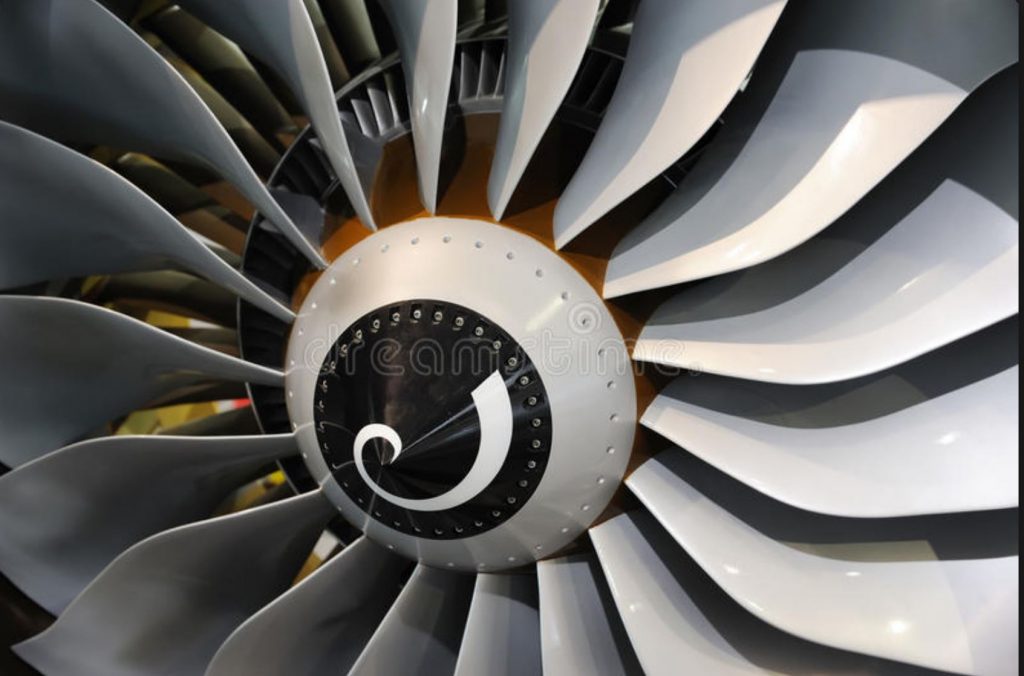
 The airline industry relies on non-destructive testing to assess the quality of jet engine blades.[/caption]
WATERLOO, Ont. – Researchers at the University of Waterloo have found a better way to identify atomic structures, an essential step in improving materials selection in the aviation, construction and automotive industries.
The findings of the study could result in greater confidence when determining the integrity of metals.
Devinder Kumar, a PhD candidate in systems design engineering at Waterloo, collaborated with the Fritz Haber Institute (FHI) in Berlin, to develop a powerful AI model that can accurately detect different atomic structures in metallic materials. The system can find imperfections in the metal that were previously undetectable.
“Anywhere you have metals you want to know the consistency, and that can’t be done in current practical scenarios because current methods fail to identify the symmetry in imperfect conditions,” said Kumar. “So, this new method of evaluating metallic material will lead to better material design overall and has the potential to affect all the industries where you need material designing properties.”
FHI came up with a new scenario that can artificially create data which relates to the real world. Kumar along with his collaborators was able to use this to generate about 80,000 images of the different kind of defects and displacements to produce a very effective AI model to identify various types of crystal structures in practical scenarios. This data has been released to the public so people can actually learn their own algorithms.
“In theory, all metallic materials have perfect symmetry, and all the items are in the correct place, but in practice because of various reasons such as cheap manufacturing there are defects,” Kumar said. “All these current methods fail when they try to match actual ideal structures, most of them fail when there is even 1% defect. “We have made an AI-based algorithm or model that can classify these kinds of symmetries even up to 40% of defect.”
The study,
The airline industry relies on non-destructive testing to assess the quality of jet engine blades.[/caption]
WATERLOO, Ont. – Researchers at the University of Waterloo have found a better way to identify atomic structures, an essential step in improving materials selection in the aviation, construction and automotive industries.
The findings of the study could result in greater confidence when determining the integrity of metals.
Devinder Kumar, a PhD candidate in systems design engineering at Waterloo, collaborated with the Fritz Haber Institute (FHI) in Berlin, to develop a powerful AI model that can accurately detect different atomic structures in metallic materials. The system can find imperfections in the metal that were previously undetectable.
“Anywhere you have metals you want to know the consistency, and that can’t be done in current practical scenarios because current methods fail to identify the symmetry in imperfect conditions,” said Kumar. “So, this new method of evaluating metallic material will lead to better material design overall and has the potential to affect all the industries where you need material designing properties.”
FHI came up with a new scenario that can artificially create data which relates to the real world. Kumar along with his collaborators was able to use this to generate about 80,000 images of the different kind of defects and displacements to produce a very effective AI model to identify various types of crystal structures in practical scenarios. This data has been released to the public so people can actually learn their own algorithms.
“In theory, all metallic materials have perfect symmetry, and all the items are in the correct place, but in practice because of various reasons such as cheap manufacturing there are defects,” Kumar said. “All these current methods fail when they try to match actual ideal structures, most of them fail when there is even 1% defect. “We have made an AI-based algorithm or model that can classify these kinds of symmetries even up to 40% of defect.”
The study, 
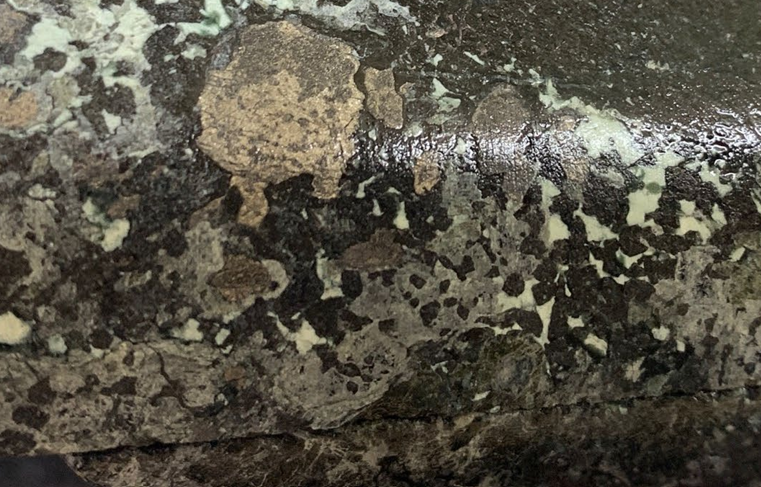
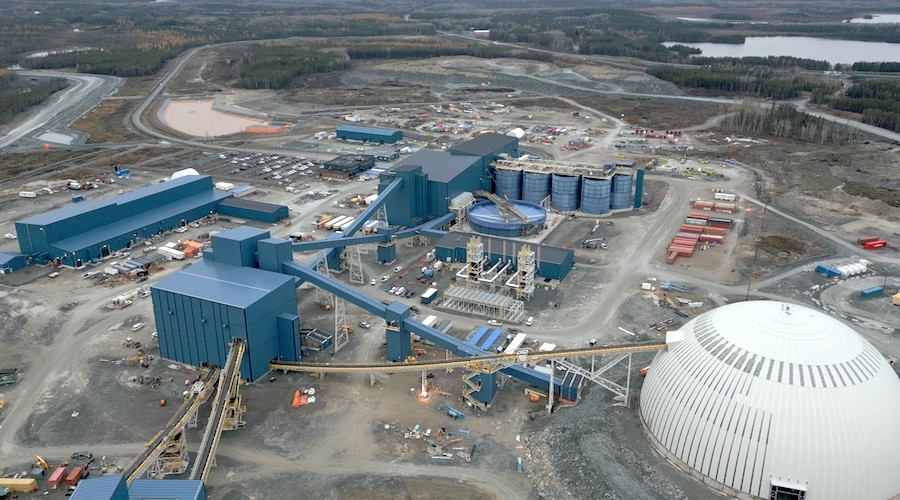

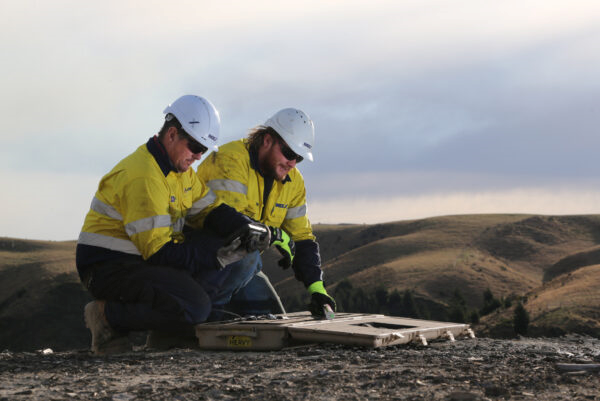
Comments